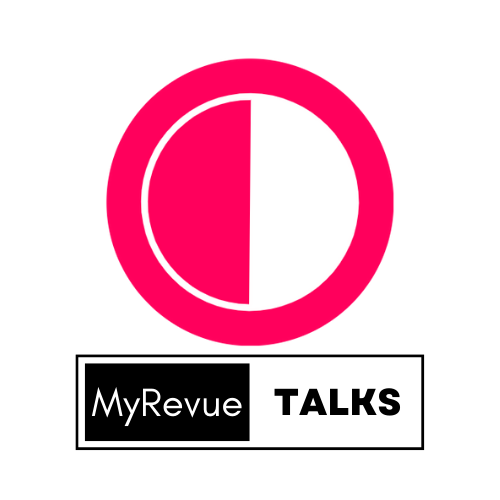UGC and its influence on brand social listening and sentiment analysis
User-generated content (UGC) has a significant influence on brand social listening and sentiment analysis.

Written by Shivangi
Updated on 14/07/2023
<p class="MsoNormal">User-generated content (UGC) has a significant influence on
brand social listening and sentiment analysis. Let's explore how UGC influences
these areas:<o:p></o:p></p><p class="MsoNormal"><br></p>
<p class="MsoNormal">Data Source for Social Listening: </p><p class="MsoNormal">a. UGC as Valuable Data:
UGC serves as a rich and diverse data source for social listening. It includes
customer reviews, comments, social media posts, forum discussions, and more. By
monitoring and analyzing UGC, brands gain insights into customer opinions,
experiences, and sentiments regarding their products, services, and brand as a
whole.<o:p></o:p></p><p class="MsoNormal"><br></p>
<p class="MsoNormal">b. Real-Time Feedback: UGC provides real-time feedback and
conversations happening around the brand on social media platforms and other
online channels. By actively listening to UGC, brands can stay updated on
customer sentiment and address any emerging issues or opportunities promptly.<o:p></o:p></p><p class="MsoNormal"><br></p>
<p class="MsoNormal">Sentiment Analysis and Customer Feedback: </p><p class="MsoNormal">a. UGC-Based
Sentiment Analysis: UGC serves as a valuable resource for sentiment analysis.
Brands can analyze the sentiment expressed in UGC, such as positive or negative
reviews, comments, or social media posts. UGC-based sentiment analysis provides
insights into how customers perceive the brand, its products, or services,
helping brands gauge the overall sentiment and sentiment trends.<o:p></o:p></p><p class="MsoNormal"><br></p>
<p class="MsoNormal">b. Unfiltered Customer Feedback: UGC provides unfiltered
customer feedback that reflects genuine opinions and experiences. Unlike
structured surveys or questionnaires, UGC allows customers to express their
thoughts in their own words. Brands can analyze UGC-based customer feedback to
understand the nuances of customer sentiment and identify specific areas for
improvement or areas of strength.<o:p></o:p></p><p class="MsoNormal"><br></p>
<p class="MsoNormal">Brand Reputation Management: </p><p class="MsoNormal">a. UGC-Based Reputation
Monitoring: UGC plays a crucial role in brand reputation management. By
monitoring UGC, brands can identify and address customer concerns, complaints,
or negative sentiment that may impact their reputation. UGC-based reputation
monitoring helps brands stay proactive in managing their online reputation and
taking necessary actions to address issues promptly.<o:p></o:p></p><p class="MsoNormal"><br></p>
<p class="MsoNormal">b. Crisis Detection and Management: UGC enables brands to
detect and manage brand crises. By monitoring UGC, brands can identify early
warning signs, negative sentiment spikes, or emerging issues that may escalate
into a crisis. UGC-based crisis management allows brands to respond quickly,
mitigate reputational damage, and regain customer trust.<o:p></o:p></p><p class="MsoNormal"><br></p>
<p class="MsoNormal">Identifying Customer Insights and Trends: </p><p class="MsoNormal">a. UGC-Based
Customer Insights: UGC provides valuable insights into customer preferences,
opinions, and emerging trends. By analyzing UGC, brands can uncover hidden
patterns, identify emerging customer needs, and gain a deeper understanding of
customer sentiment. UGC-based customer insights help brands make data-driven
decisions and tailor their strategies accordingly.<o:p></o:p></p><p class="MsoNormal"><br></p>
<p class="MsoNormal">b. Identifying Influencers and Brand Advocates: UGC helps
brands identify influential customers and brand advocates. By analyzing UGC,
brands can identify customers who consistently generate positive UGC, share
their experiences, and influence others. Identifying UGC-based influencers and
brand advocates allows brands to engage with them, build relationships, and
leverage their advocacy to enhance brand sentiment.<o:p></o:p></p><p class="MsoNormal"><br></p>
<p class="MsoNormal">In summary, UGC significantly influences brand social
listening and sentiment analysis. UGC serves as a valuable data source for
social listening, providing real-time feedback and conversations. UGC-based
sentiment analysis allows brands to gauge customer sentiment and identify
specific areas for improvement. UGC-based reputation monitoring helps manage
brand reputation and detect and address potential crises. UGC-based customer insights
help identify trends and customer preferences. By leveraging UGC, brands gain
valuable insights, enhance their understanding of customer sentiment, and make
data-driven decisions to improve brand perception and customer satisfaction.<o:p></o:p></p>
<p class="MsoNormal"><o:p> </o:p></p>
